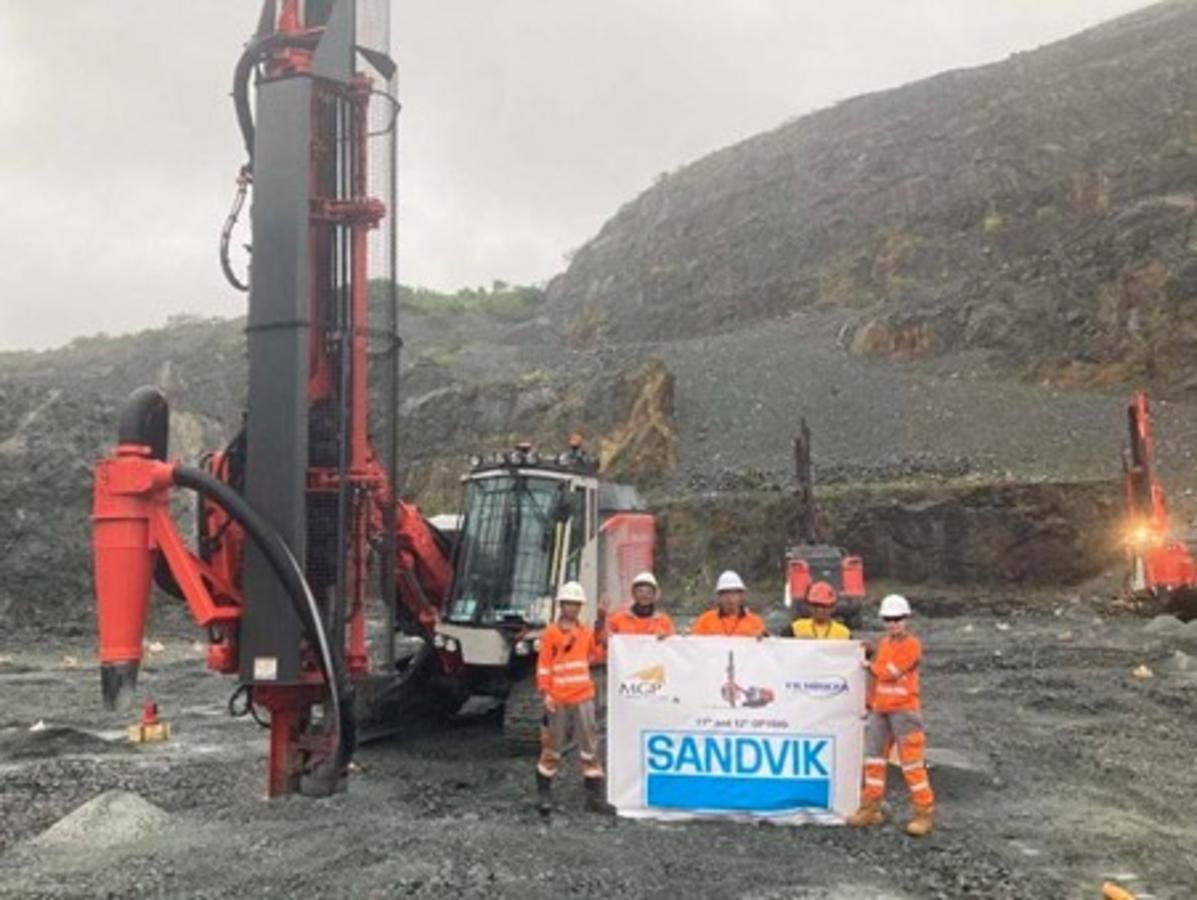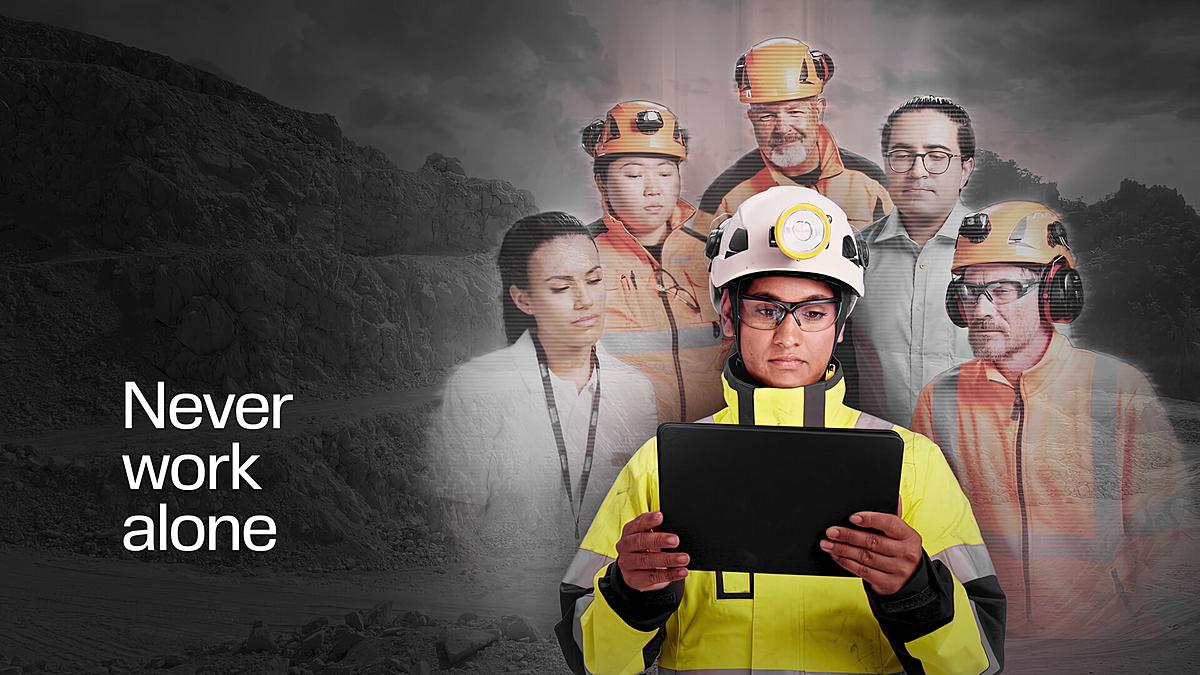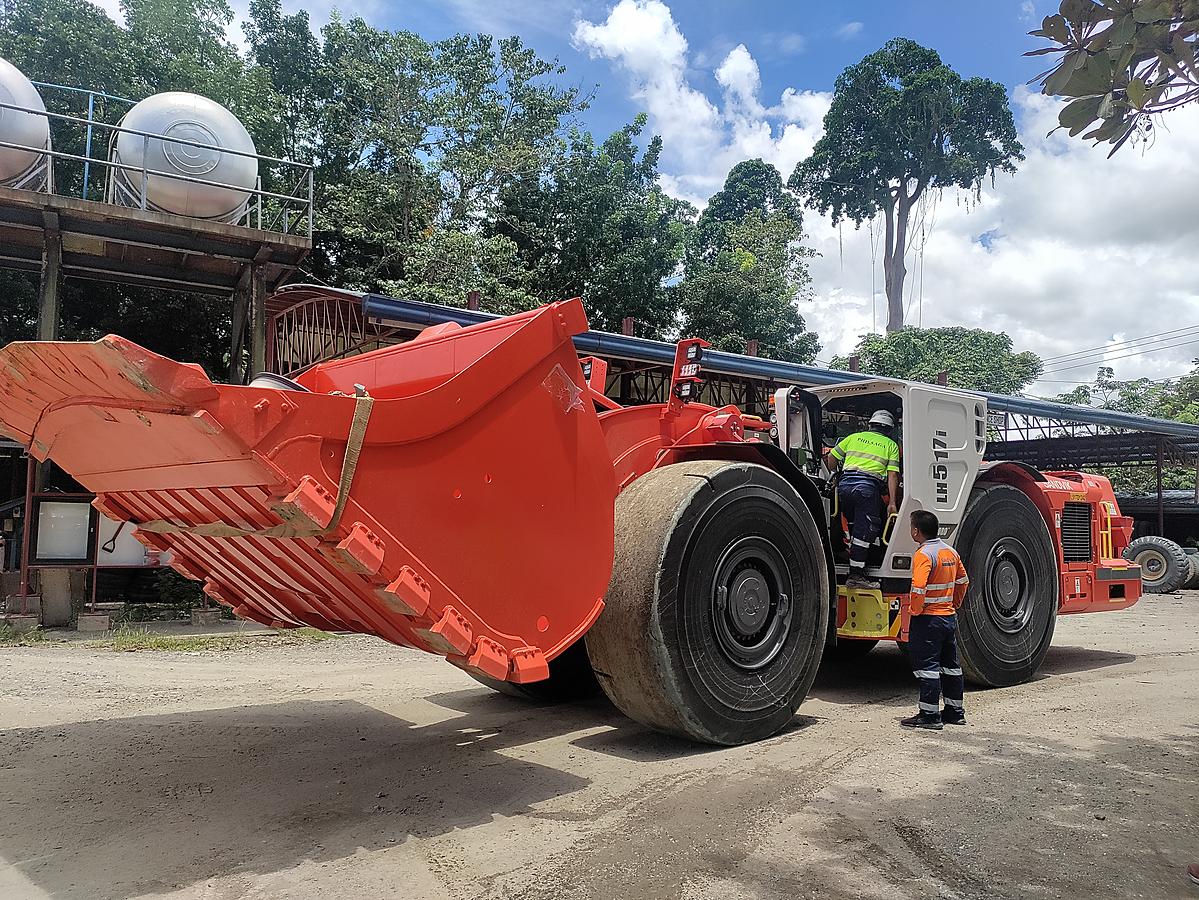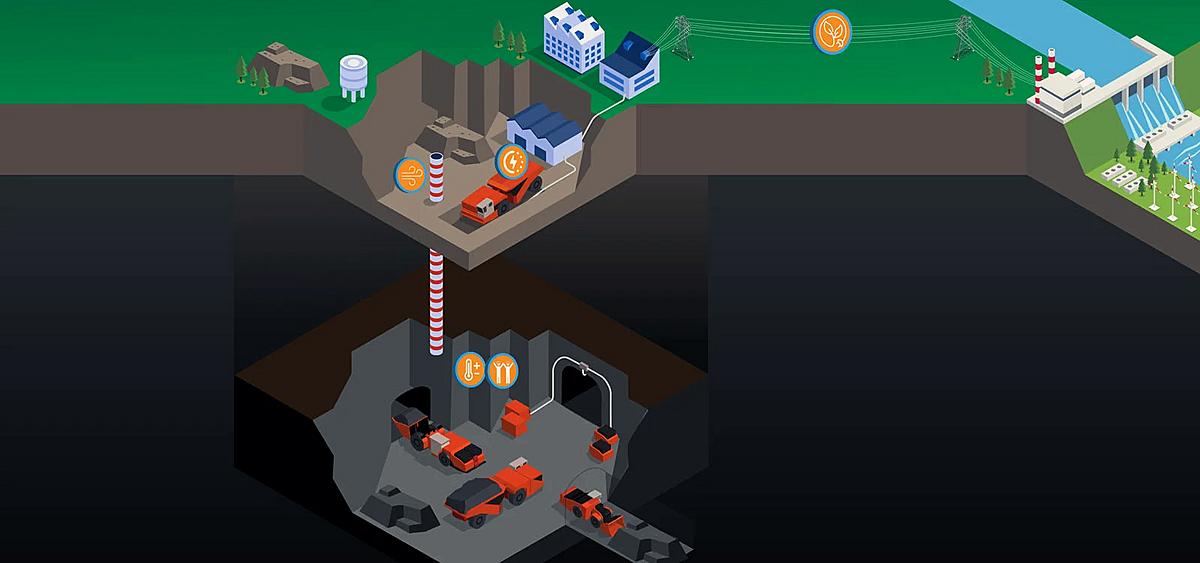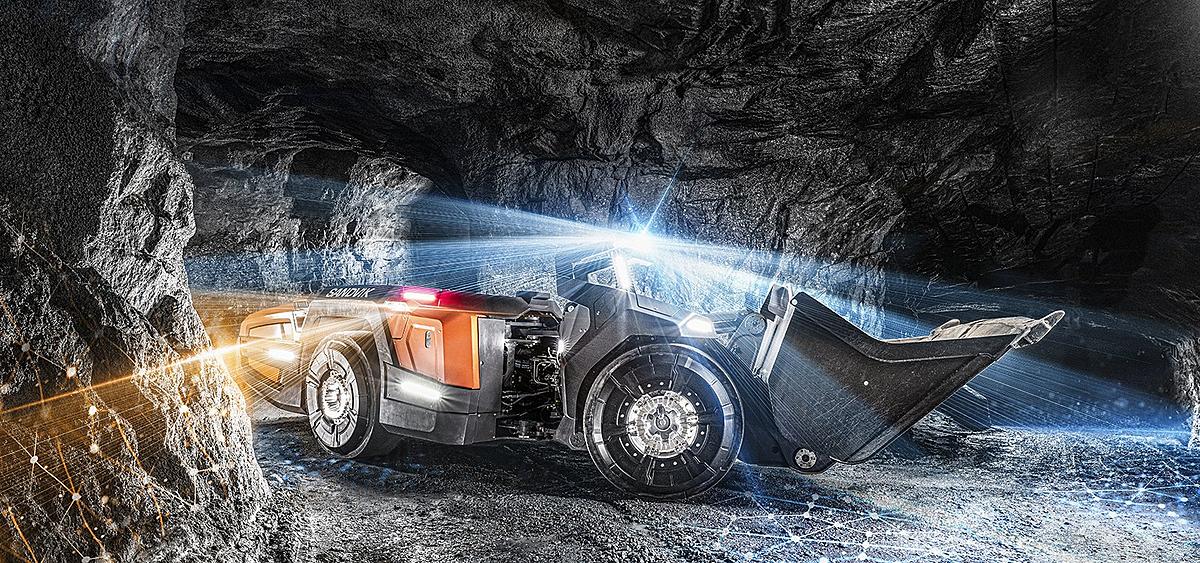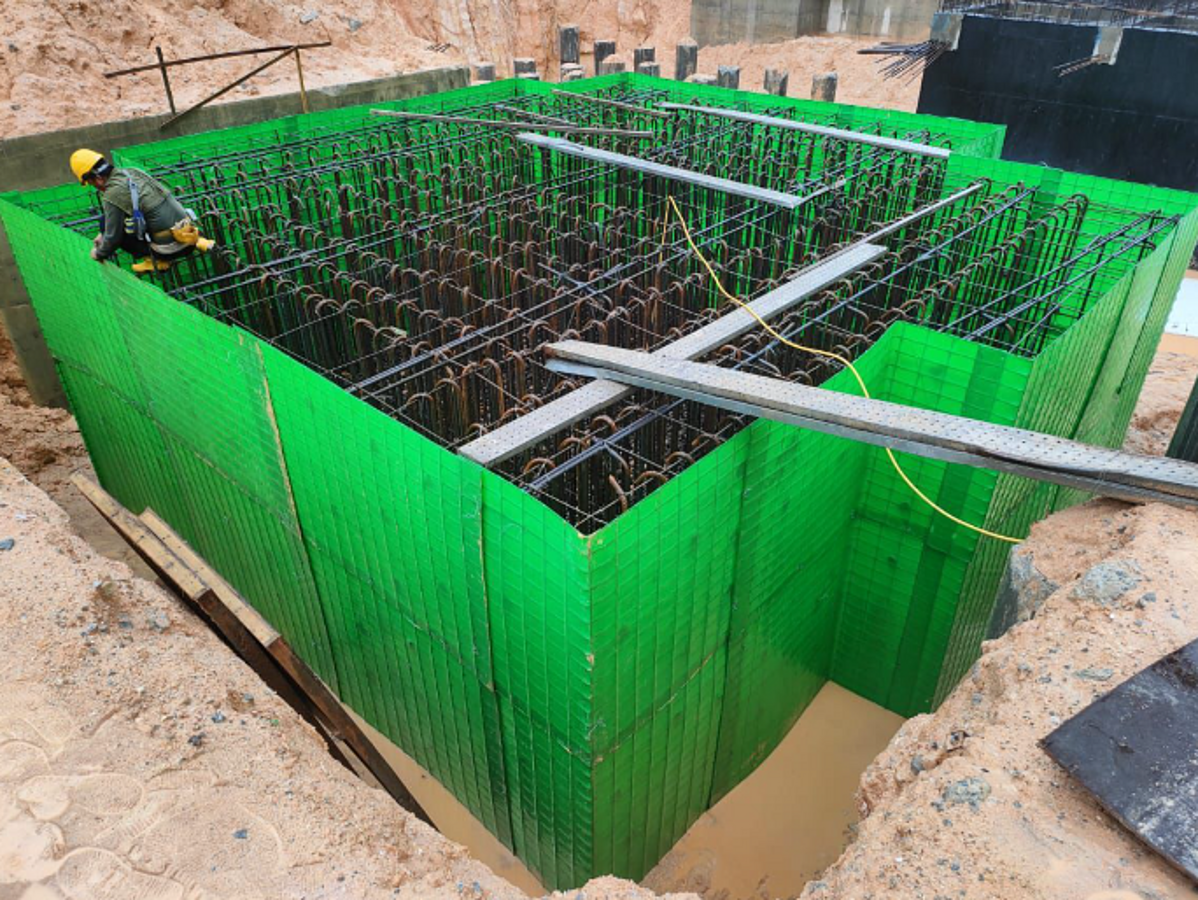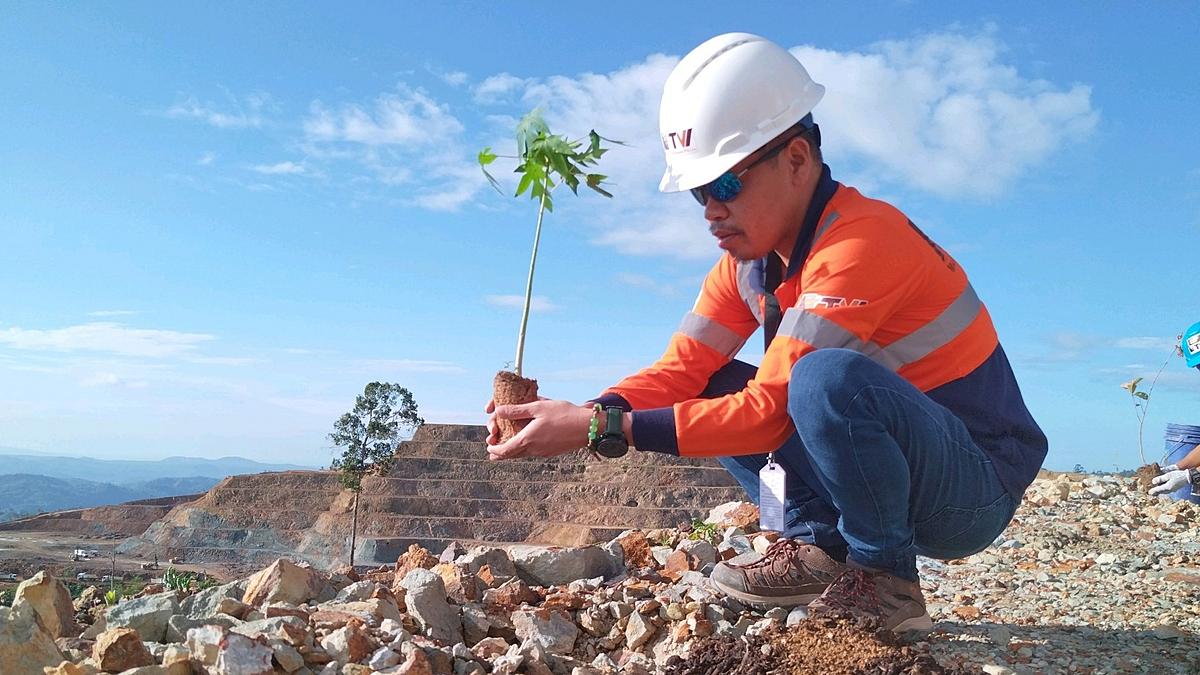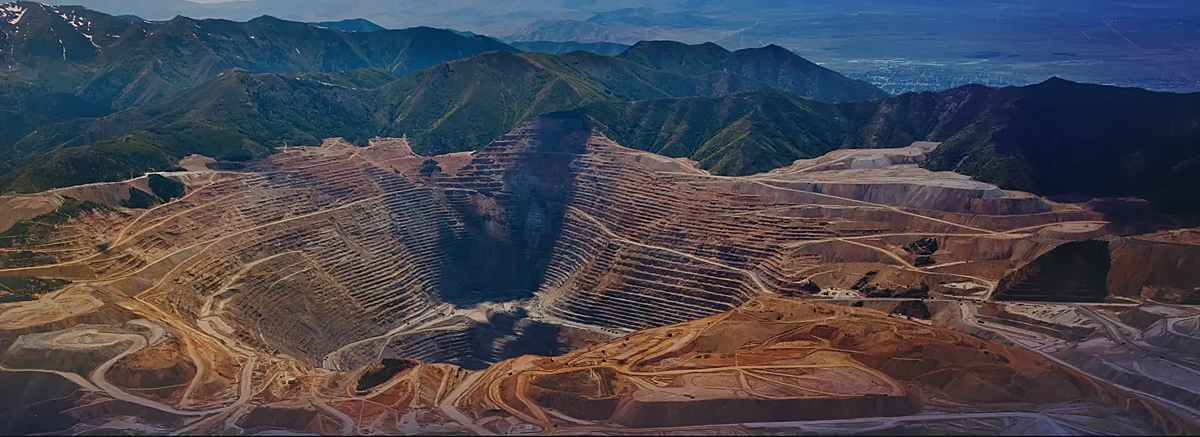Sandvik Philippines has successfully commissioned and delivered to loyal customer Filminera Resources Corporation (“Filminera”) their 11th and 12th Pantera DP1500i Top-hammer Surface Drills last 25 January 2023 at the Masbate Gold Project (MGP) located in Masbate Island, Philippines. Photo shows Sandvik Technician Larry Lugnas (second from left) and Service Operations Manager Jorge Cabello (third from left) handing over the drills to MGP representatives.
Located 360 km southeast of Manila, the Masbate Mine is operated by Filminera, the Philippine subsidiary of TSX- and NYSE-listed B2Gold with headquarters in Vancouver. In 2022, the mine produced a record-setting 212,728 oz of gold out of 7.93M tonnes of ore milled at an average grade of 1.11 g/t. B2Gold also operates the Fekola Mine in Mali and the Otjikoto Mine in Namibia. Their projects under development include the Anaconda Area in Mali and the Gramalote JV Project in Colombia.
The Masbate Mine started operating in 2008 initially using 4 x Atlas Copco ECM660 Drills owned and operated by the erstwhile mining contractor, Leighton. When the opportunity for re-fleeting came about in 2012, Sandvik succeeded in winning the tender which came packaged with a full maintenance contract for 24,000 service meter hours of five years. Ironically, the said maintenance contract almost led to the cancellation of the order for the first 4 x DP1500i due to a dispute with the rates. Eventually, both Leighton and Sandvik were able to arrive at a mutually acceptable arrangement, and Sandvik ran the service contract for five years without incurring penalties in the availability guarantees. The contract was so profitable, Sandvik even had to share some of the residual profit at the end with Filminera under the pain-and-gain proviso of the contract.
The next re-fleeting opportunity came in 2017, with the Masbate Mine. This time, there was no service contract attached to the equipment and Leighton was no longer the mining contractor; the mine has shifted to owner-miner operation. Sandvik managed to secure the repeat order for another batch of 4x DP1500i, banking on the proven performance and reliability of the first four. That brings the total to 8 units. Drill numbers 9 and 10 were ordered in July 2020 and delivered in 2021. Numbers 11 and 12 in the photo above were ordered in January 2022 and are now handed over to the customer.
Filminera ordered two more DP1500i’s in November 2022; these machines are now awaiting completion in Tampere, for delivery later this year. That should bring the total to 14 x DP1500i units spread over 11 years for our most loyal Pantera DP1500i customer in the Philippines – Filminera Resources Corporation!

